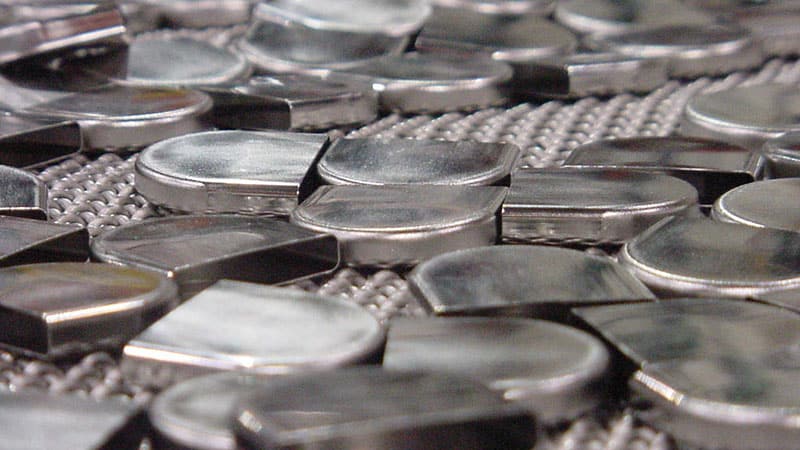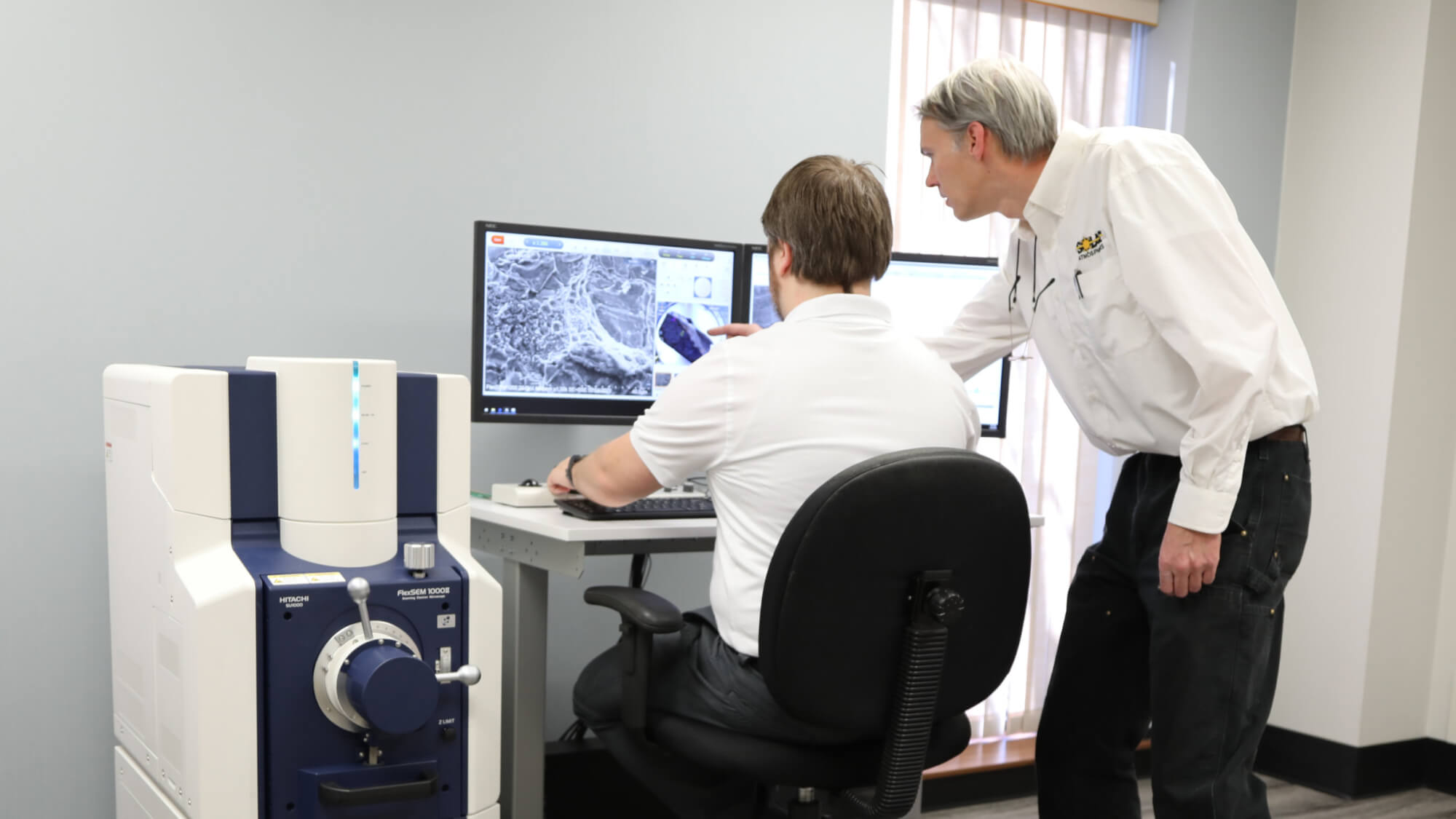CALL: 1-855-WE-HEAT-IT
Airplanes Don’t Fly Without Heat Treating
Heat treating is the unsung hero of the commercial and military aviation industries. Much like the support staff behind any good play or movie, and the mom behind the Olympic athlete, heat treating of critical aerospace parts is relegated to the background, to the fine print of the credits…if at all. But if it weren’t for heat treating, planes wouldn’t fly, ships wouldn’t sail, submarines wouldn’t dive, and cars wouldn’t drive.
This article introduces you to the technical world of vacuum heat treating and why vacuum thermal processing is vital to the aerospace and defense industries.
First, let’s nail down what we mean by “heat treating.” In simple terms, heat treating is cooking metal much like you would cook food – with a predetermined recipe and desired outcome in mind. Metal is placed into an oven, or more accurately a furnace (ovens typically don’t handle temperatures over 1,000°F), and precisely held at a specified temperature for a pre-determined period of time. The metal is then cooled either slowly or quickly depending on what properties are desired. Thermal processing can make the metal harder, softer, stronger, more flexible, more rigid, more wear resistant, chemically altered, or a host of other desirable properties.


